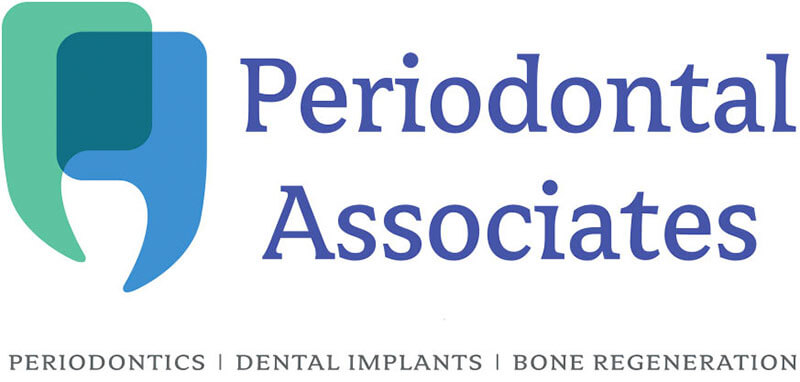Scientists are reporting identification of two substances in licorice — used extensively in Chinese traditional medicine — that kill the major bacteria responsible for tooth decay and gum disease, the leading causes of tooth loss in children and adults. In a study in ACS’ Journal of Natural Products, they say that these substances could have a role in treating and preventing tooth decay and gum disease.
Stefan Gafner and colleagues explain that the dried root of the licorice plant is a common treatment in Chinese traditional medicine, especially as a way to enhance the activity of other herbal ingredients or as a flavoring. Despite the popularity of licorice candy in the U.S., licorice root has been replaced in domestic candy with anise oil, which has a similar flavor. Traditional medical practitioners use dried licorice root to treat various ailments, such as respiratory and digestive problems, but few modern scientific studies address whether licorice really works. (Consumers should check with their health care provider before taking licorice root because it can have undesirable effects and interactions with prescription drugs.) To test whether the sweet root could combat the bacteria that cause gum disease and cavities, the researchers took a closer look at various substances in licorice.
They found that two of the licorice compounds, licoricidin and licorisoflavan A, were the most effective antibacterial substances. These substances killed two of the major bacteria responsible for dental cavities and two of the bacteria that promote gum disease. One of the compounds — licoricidin — also killed a third gum disease bacterium. The researchers say that these substances could treat or even prevent oral infections.
Source: Science Daily
Journal Reference:
- Stefan Gafner, Chantal Bergeron, Jacquelyn R. Villinski, Markus Godejohann, Pavel Kessler, John H. Cardellina, Daneel Ferreira, Karine Feghali, Daniel Grenier. Isoflavonoids and Coumarins fromGlycyrrhiza uralensis: Antibacterial Activity against Oral Pathogens and Conversion of Isoflavans into Isoflavan-Quinones during Purification. Journal of Natural Products, 2011; 74 (12): 2514 DOI: 10.1021/np2004775
